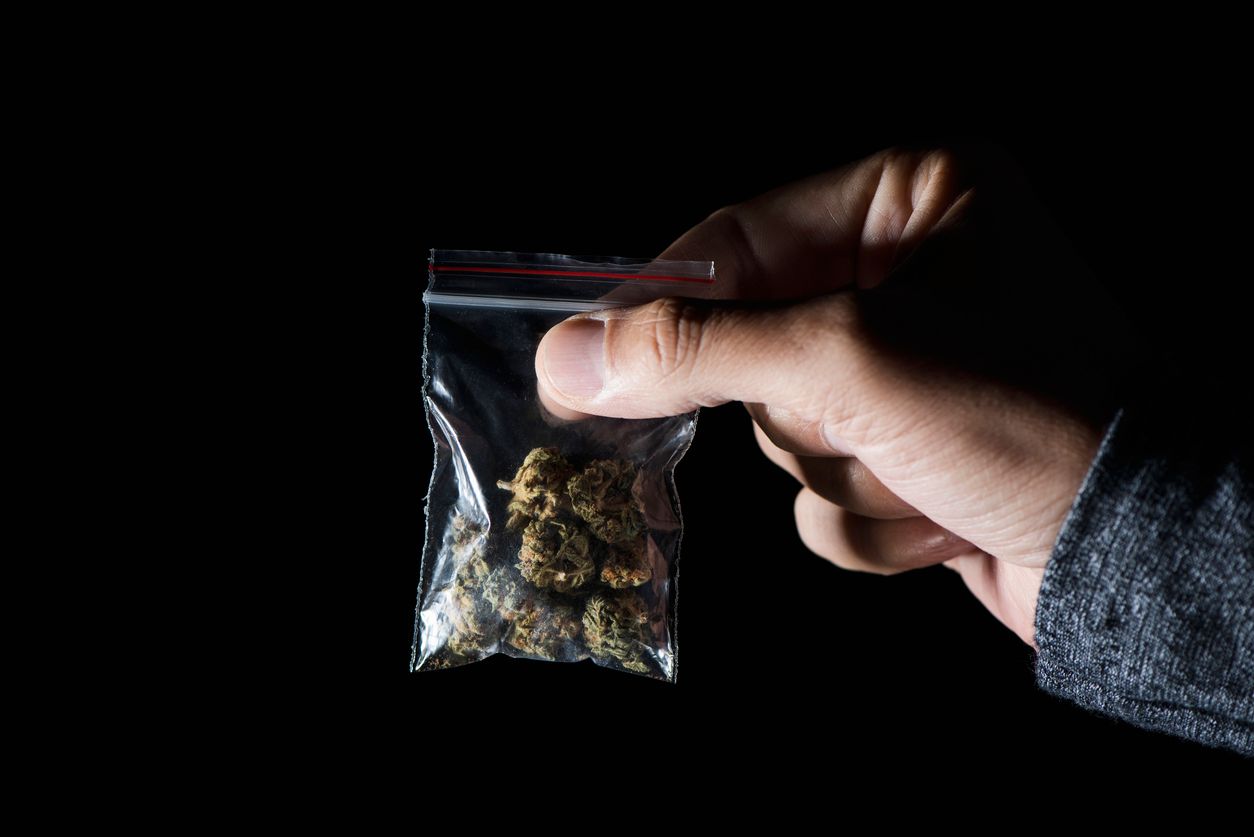A comprehensive guide for cannabis
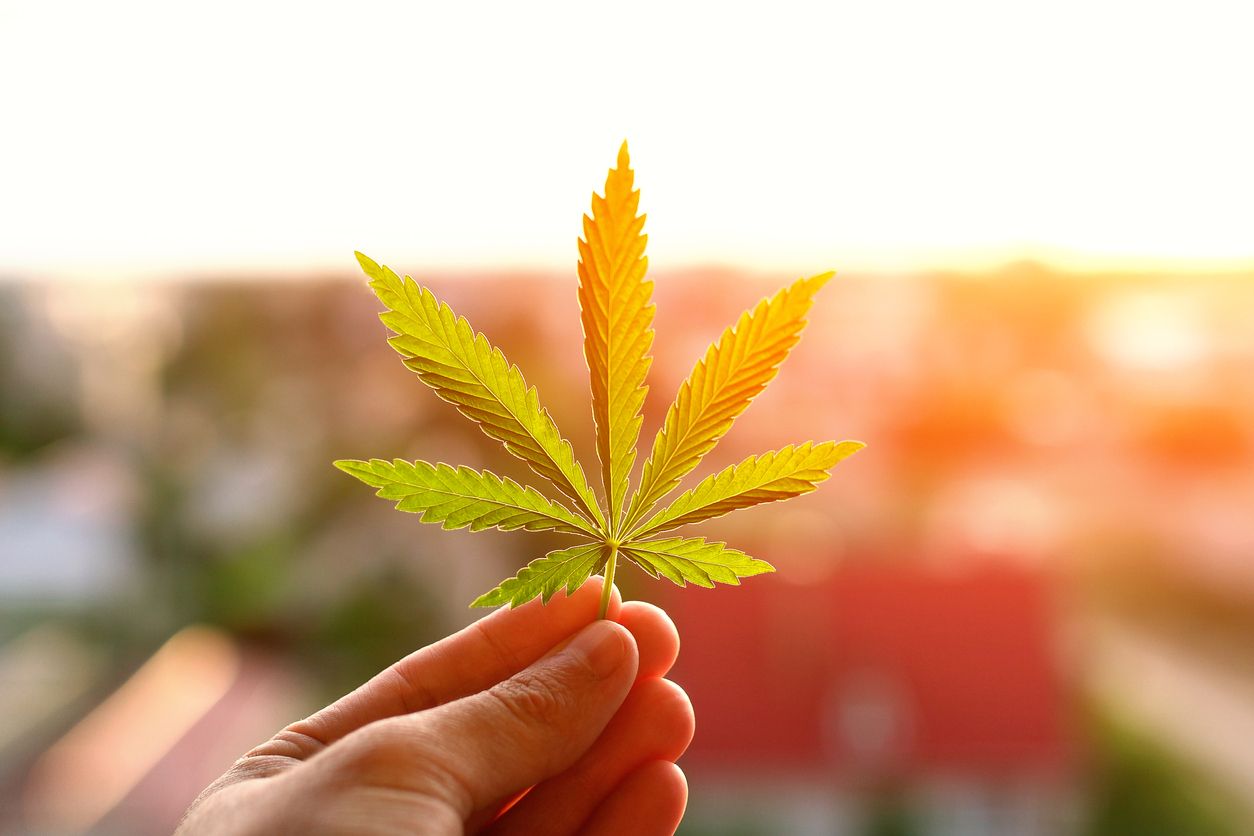
Marijuana use, even with all that we know today, is still often viewed as a taboo subject, leaving discussions surrounding consumption kept to a minimum. The truth, which we have known for a very long time, is that weed isn’t just a recreational substance with a stereotype, but it is also an incredibly powerful therapeutic tool that comes with fewer adverse effects than many other entirely legal elements that are widely available and are on the market today.
Despite the lingering black cloud that many years of prohibition and propaganda have left behind, society has become much more supportive of both legalization and regulation, which has led to an entirely new era of legal cannabis right across the globe. This comprehensive guide to marijuana is useful for both new and experienced consumers from recreational and medicinal sides, who might not yet be aware of how far technology has taken the cannabis industry.
An introduction to the history of cannabis use
The consumption and use of marijuana plants for medical and therapeutic purposes date back thousands of years, with some of the earliest references coming from Ancient China, where a Chinese surgeon by the name of Hua Tuo from c. 140-208, would reduce the plant matter down to a fine powder, and combine it with wine to give to patients before surgery. This was one of the very first records of a doctor having success with using anesthesia to sedate people, and this is the reason why the Chinese symbol for anesthetic translates directly to cannabis intoxication.
The recreational use of the marijuana plant and its elements are not new, and some of the earliest consumers were Thracians, Scythians and Dacians before 2800BC, all of which had local shamans who would smoke cannabis buds to induce a trance-like state in themselves and their patients. Though religious ceremonies are not necessarily considered recreational, they have a long history of using mind-altering substances to reach a higher plane of existence. This practice dates back to the 2nd century BC and is believed to have originated from Ethiopia, China and India.
What is cannabis?
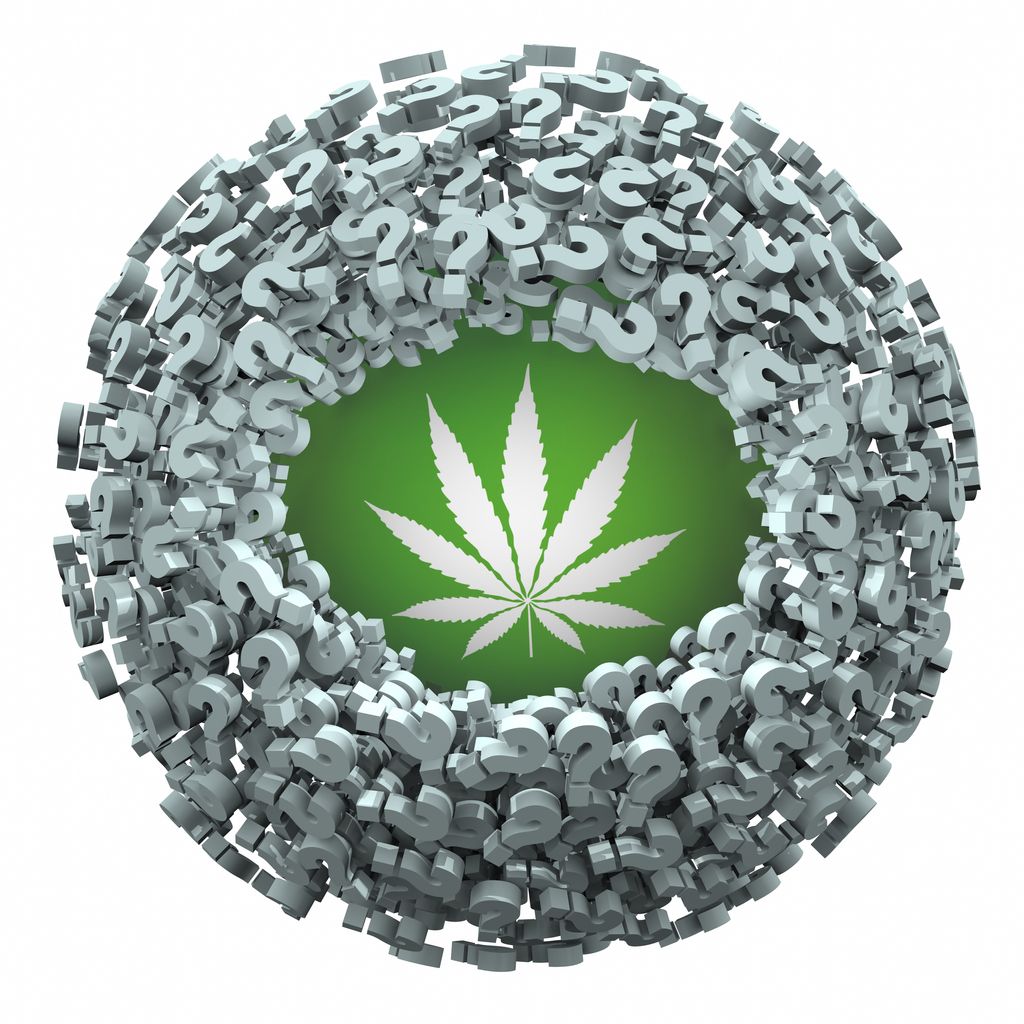
There are thousands of different strains in existence today, but they can all be traced back to which are called landrace strains, which are types of cannabis that existed long before humans began experimenting with growing these plants. They will often carry a name with relevance to their place of origin but are rare to come across in their purest forms. This is mainly due to many years of crossbreeding by growers whose primary focus was to combine the genetics to increase the potency and durability of the plants so that they could be successfully produced in regions with dramatically different environments. This has resulted in an incredibly broad range of new marijuana strains that are almost entirely hybrids, but they tend to be separated by a completely different label today.
Varieties of cannabis strains
Marijuana strains may come in hybrid, Indica or Sativa varieties, but they all carry the cannabis genome. The labels that are used now to describe each type is less associated with origin places, and more to do with how the plants grow. Many people believe that Indica plants are inherently more potent, which would lead to an enhanced effect, but that isn’t entirely true as many Sativa strains can produce the same amount of the psychoactive elements as their Indica counterparts. These terms are more useful to growers, as they will often help to describe the way that they grow and the climates that they will do well within. Let’s explain how these differ:
Indica
Indica marijuana strains are typically shorter, with the majority growth remaining under 4 feet tall. They are also bushier, broader and produce larger colas, which helps to protect the plant from the cooler and harsher environments.
Sativa
Sativa strains can grow quite tall, and it is not uncommon to find them shoot well above 6 feet. Unfortunately, since so much energy is placed into building a robust stem system, the buds tend to be smaller, and the branches appear thinner and spindlier. These plants will thrive better in hot and humid environments with low wind.
Hybrid
Hybrids are often considered to be the designer echelon of marijuana strains, as they will often combine the more exceptional qualities from both plant types. This results in a plant that is less prone to pests, disease or other illness, as well as one that will produce higher quantities of the desired elements.
How marijuana plants are grown
Cannabis plants will generally take anywhere from 60-90 days to fully mature, depending on the strain. Once it has completed its growing cycle, it will need to be harvested within an ideal period. If harvested too early then the end product might not contain nearly as many cannabinoids, so it won’t have the chance to reach its fullest potential. Harvest too late, and the bud flowers will have begun to degrade, which can cause mold issues in storage, and result in a loss of flavor and potency.
Components of marijuana and their effects
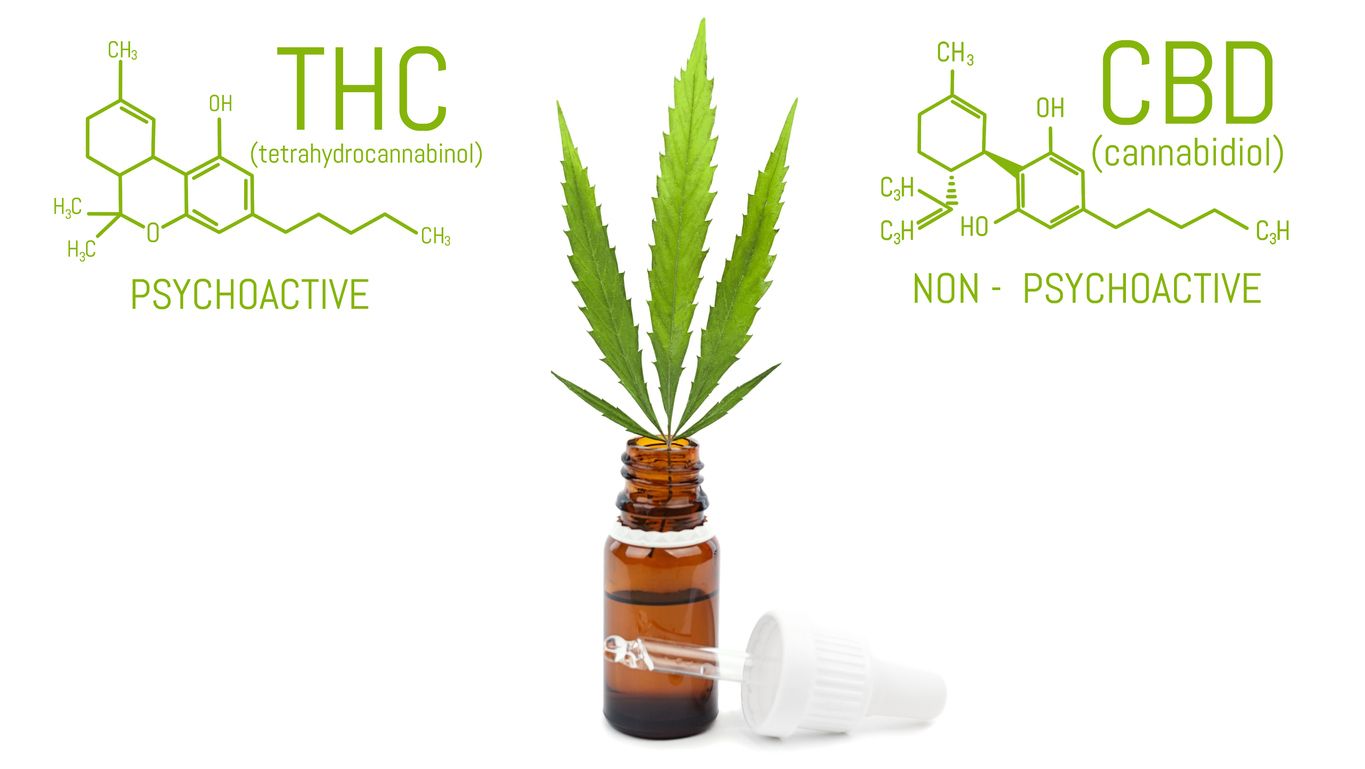
-
Tetrahydrocannabinol (THC)
This is the psychoactive cannabinoid that produces the euphoric effects that are so often associated with marijuana use. -
Cannabidiol (CBD)
This cannabinoid is primarily used for medicinal purposes, as it has shown to be beneficial for inflammation and regulation of other regular bodily functions such as appetite, sleep and mood. It is not psychoactive but is believed to work in conjunction with THC to enhance the effects of the euphoria-inducing element. -
Terpenes
These are the oils that are naturally produced by cannabis plants and are primarily responsible for the smell and taste of the strains that we all know and love. These elements are found in thousands of different plant species and are most commonly used for their aromatic effects. These scents might be invigorating or sedating, or somewhere in between, and while these effects are nowhere near as intense, they are most definitely beneficial to the consumer.
There are hundreds of different cannabinoids and elements that we know exist today. However, currently, we have yet to discover the purpose or the effects of anyone in particular.
Ways to consume cannabis products
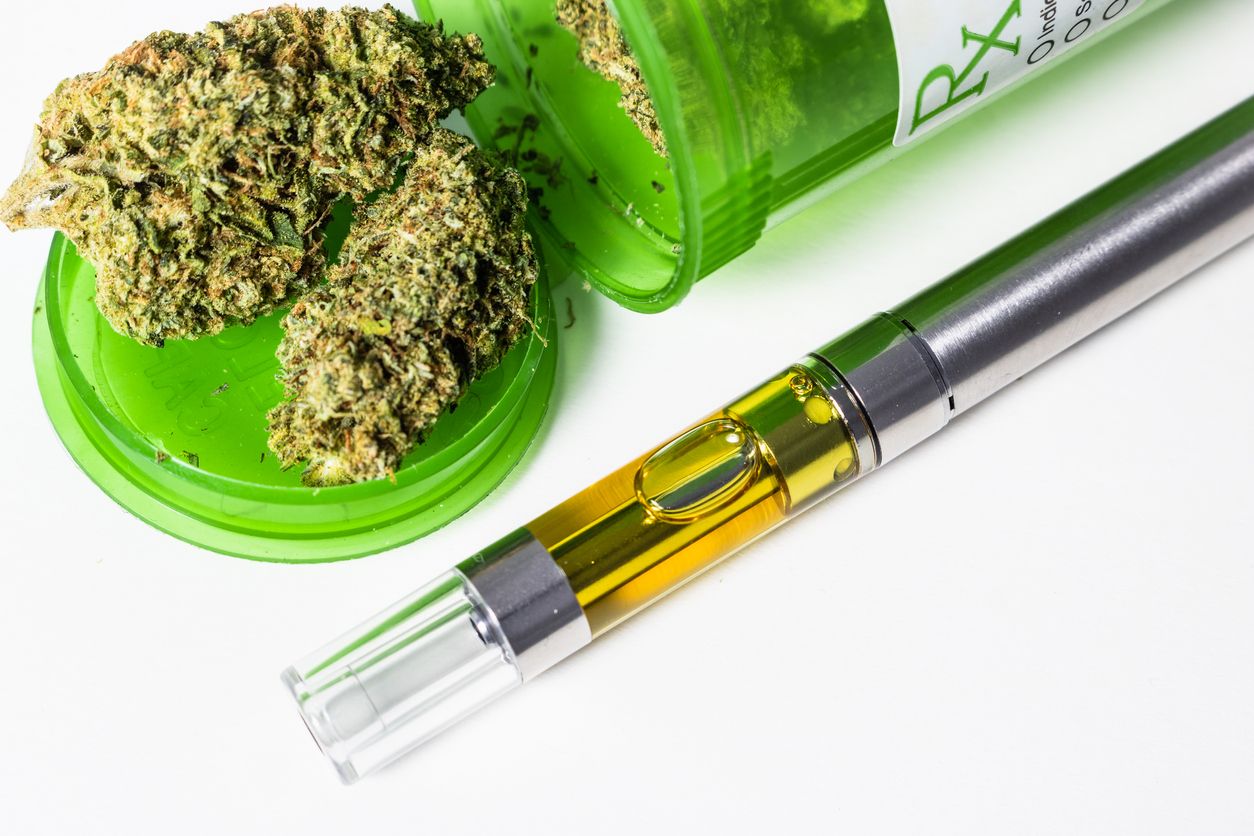
A lot of people fear to try cannabis-infused options for themselves, as they can’t get over the idea of smoking a joint, but luckily, there are actually several different methods of ingestion to choose from.
-
Smoking
This old school method of ingestion is still by far the most popular way to use marijuana. It does, however, require some preparation and is usually packed into a rolling paper, blunt wrap, weed pipe or bong. The dry herb is lit with a lighter and the smoke is inhaled, where the THC is absorbed almost immediately. -
Vaping
The real upgrade from smoking cannabis is vaping. Though some might prefer a more traditional method, a good quality vaporizer will heat the product just enough to release the elements, without creating any carcinogenic smoke, making it easier on the lungs while still allowing for an instant absorption of the cannabinoids. -
Dabbing
This popular option has been around for a lot longer than some people realize. Dabbing requires a dab rig, torch and some form of marijuana concentrate. Small portions of the concentrate (often referred to as dabs) are placed onto a nail once it’s been superheated with a torch. This instantly vaporizes the concentrate, which is then available to be inhaled, where it is absorbed into the lining of the lungs in the very same way that it is with smoking or vaping. The most significant difference is that dabbing without an electric rig offers very little control over the temperature. Unfortunately, this can often lead to burned dabs, which will still contain some of the irritating qualities of smoke. However, with a bit of help from technology or skill, dabbing can enhance the flavors of the cannabis concentrate, while also providing a healthier alternative to smoking. -
Oral ingestion
If you are eating or drinking a marijuana concentrate, then it will fall under this category. When cannabinoids are consumed orally, they will slowly make their way to the stomach. This is where the elements are finally absorbed, which can take much longer to kick in, than other more conventional methods of ingestion. If you are looking for a healthy alternative to smoking, then oral consumption is the way to go. -
Topical
This is one of the least utilized and yet, also perhaps the most beneficial. Especially for those who are seeking relief from pain and stiffness, without the euphoric sensations that might interfere with other day to day responsibilities. Topical cannabis-infused options are absorbed through the skin, but only minimal amounts of the elements will make it through the body’s protective barrier. This allows for direct treatment of symptoms without the psychoactive characteristics.
Different types of marijuana products
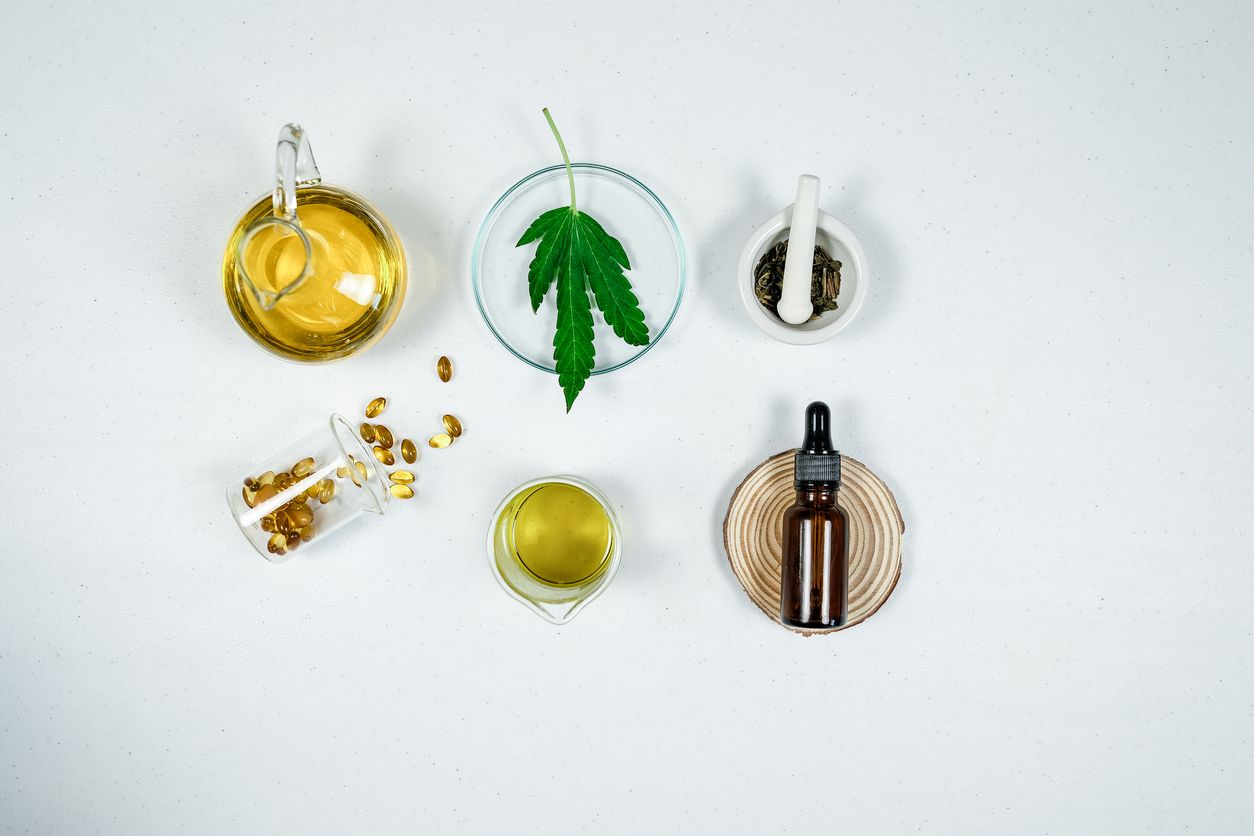
-
Bud flowers
These are the colas that are produced by and harvested from cannabis plants. Buds might consist of several different colors, but the most prominent are green, yellow, purple and blue, with a dusting of crystals. They will generally contain up to 24% THC, but very little CBD, with an average running closer to 0.5%. -
Cooking oils
Edible oils are typically made using cooking oils to extract the precious cannabinoids from the plant matter. These marijuana concentrates vary in strength, but the higher the fat content, the more likely it will be more potent. Reason being, cannabinoids like THC will bind to the fat cells in the oil; as a result, these products can contain anywhere from 5%-40% THC. -
BHO (butane hash oil)
Butane hash oil used to be made using the caustic chemical butane and running it through dry cannabis plant matter, but most producers nowadays use healthier and less dangerous methods of extraction. The results are typically a tarry black or yellow liquid concentrate that contains anywhere from 60%-90%. -
Shatter
This marijuana product is generally made using CO2, which results in a highly concentrated, residue-free concentrate that is hard once set but will immediately turn into a liquid once the heat has been applied. Just as the name suggests, dropping an actual piece of shatter will break it, just like glass. Shatter will on average contain anywhere from 80%-90% THC and is often considered to be one of the most potent cannabis concentrates on the market. -
Kief
Kief is a naturally derived product of marijuana plants, and it contains all the trichomes that have the highest concentrations of THC. It is a fine powder that is extracted using screen rubbing methods and can be smoked, added to concentrates or made into other concentrated products like edibles or oils in place of bud for more potent results. It will often contain anywhere from 20%-60% THC. -
Wax/Crumble
Both of these marijuana products are created using the very same methods that are utilized in the making of BHO, like CO2, freezing and other more advanced alternatives. They also contain a similar THC average that runs between 70%-90%, as it is essentially a more refined version of butane hash oil. -
Rosin
This is one of the latest cannabis extracts to be making waves amongst consumers, as it requires absolutely no harsh chemicals and little more than pressure and heat. Which is easy for the everyday people to replicate for themselves at home. A heating tool like an iron and strength combined, force the cannabis oils to seep from the buds as they are pressed. This results in a thick pure substance called rosin. Though rosin often contains a mere 50%-70% THC, it is favored, thanks to its delicious flavors and smells due to a high terpene content that is difficult to obtain through any other method of extraction. -
Oil meant for oral ingestion
A lot of people think that oils, like phoenix tears that are sold for oral ingestion, somehow differs from any other, but the truth is, that is very rarely the case. Many recipes, including the infamous Rick Simpsons oil, use butane to draw the cannabinoids out from the plant materials. From there, much of the solvent is evaporated, but the end result is actually BHO that runs between 60%-90% THC. The oils are typically recommended to take by placing a grain size piece under the tongue or rubbing a small amount into the lower gum line for a direct absorption. -
Topicals
Topical cannabis-infused products could be made using a variety of different strains and marijuana derivatives, but they all serve the same purpose, which is to soothe and relieve pain, inflammation, stiffness and more. These options, however, come with a slight benefit to those who wish to avoid the more intense psychoactive high, by using concentrated amounts of THC that might range anywhere from 50mg-2000mg. When these marijuana products are absorbed through the skin, only minimal amounts of the cannabinoids will be absorbed, so it is essential to recognize that this isn’t a good alternative for recreational consumers. -
THC crystals
THC crystals are another new item on the market thanks to recent innovation from leaders in the cannabis industry. Unfortunately, the making of THC crystals is a complex process that requires special tools and chemicals, but the end result is a bunch of super-potent pre-activated crystals that can be stirred into water, added to edibles, eaten pure or smoked to garner the benefits and dosing necessary.
What is decarboxylation?
A lot of people believe that if you eat fresh buds picked from a marijuana plant, it will get you high, but that isn’t true. Cannabis doesn’t actually produce THC but instead provides its inactive counterpart THCA. To activate the element, large amounts of heat must be applied in a process that is called decarbing, which is why smoking it without this extra step is enough. However, if you are making edibles or cooking essentials like cannabutter, you will need to bake the flowers at 250°F for 25-30 minutes.
How to dose with cannabis
This is a process that requires an element of personalization that accounts for your symptoms and tolerance levels. However, for new consumers, it is a good idea to start with the lowest dose of THC possible, which is around 5mg. This is especially true when experimenting with edibles, as the effects can be intense and long-lasting. After one dose, wait at least two hours before consuming any more. It is not recommended to make jumps in dosing that are any more significant than 10mg at a time, as restricting consumption allows for much better control over the effects and results gained from the experience.

